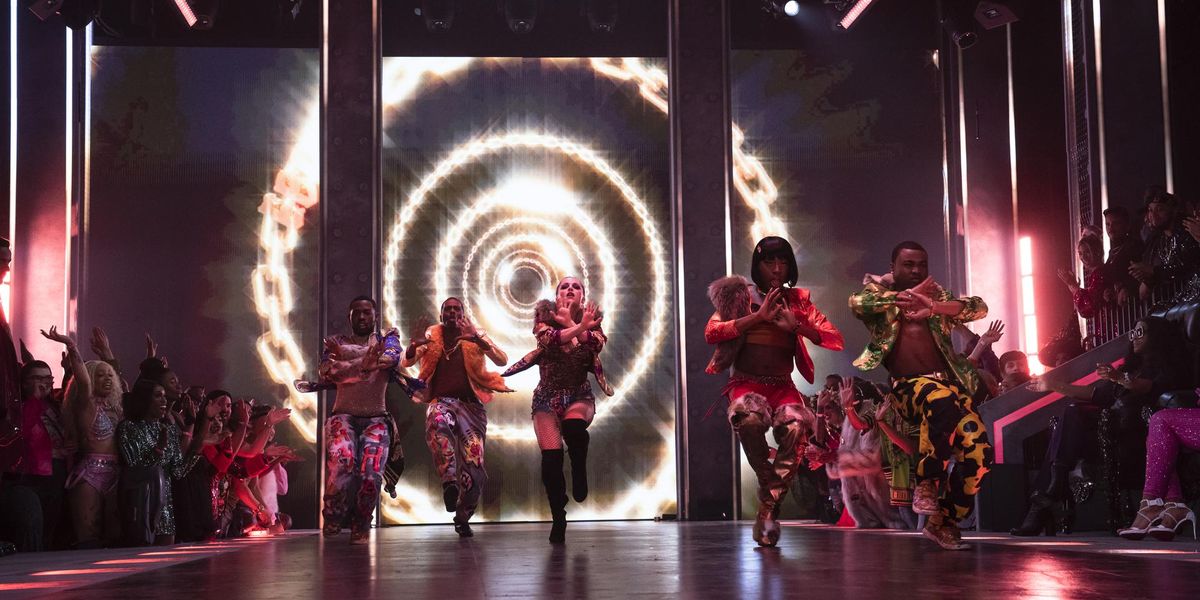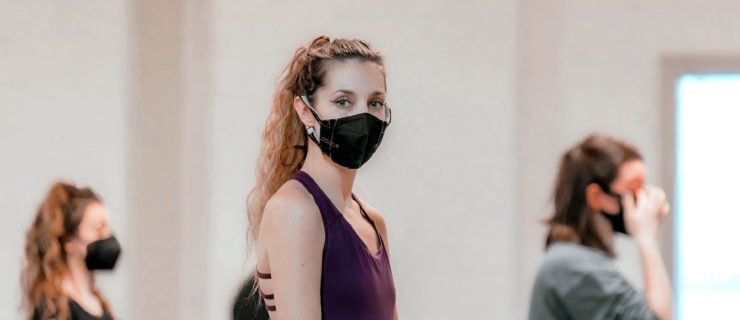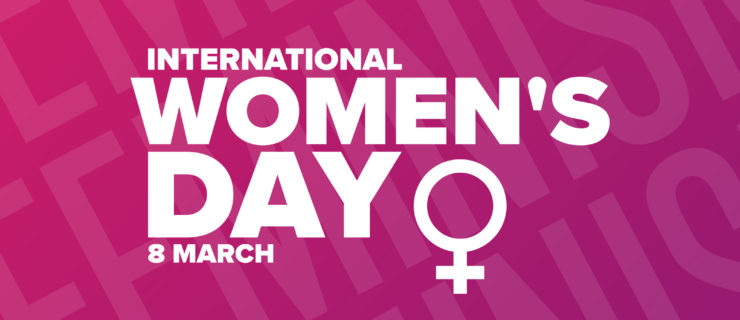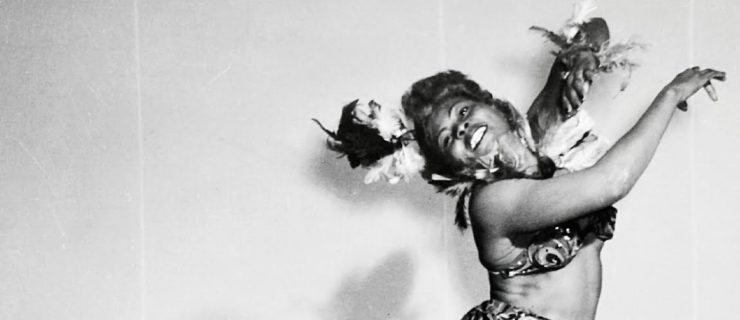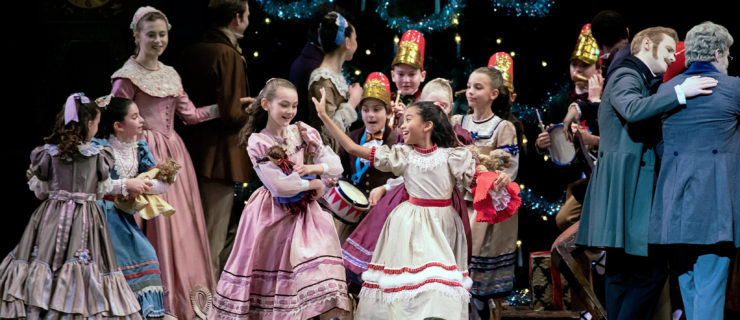How to Express Yourself Through Vogue Fem—While Honoring the Community That Created It
“Who are you when you’re voguing fem?” asks the choreographer and dancer Omari Wiles, father of the House of Oricci and founder of the dance company Les Ballet Afrik. “What energy is shaping your story?” In voguing, personal expression is the goal, and vogue fem one way to achieve it.
This flamboyant dance form has experienced a recent wave of mainstream visibility, thanks to the critically acclaimed TV drama “Pose,” the hit HBO Max’s competition show “Legendary” and, now, the proliferation of TikTok videos centered on voguing.
But the origins of voguing reach back decades, to the Harlem ballroom scene in the 1970s and ’80s (with deeper roots in the 1960s). Communities primarily made up of queer people of color created family units called “houses,” which often borrowed names from fashion brands—Gucci, Balenciaga, Lanvin, Saint Laurent and others. Voguing as a performance-competition hybrid developed in imitation of fashion shows and magazines and soon became a core communal feature of the scene.
Voguing was also an outlet for participants to subvert gender norms and celebrate their gender identities. “Trans women are the people who created those moves by thinking about femininity in performance,” says Sydney Baloue, a vogue dancer, ballroom scholar, and a producer and writer on “Legendary.” “Everyone else went from there.”
Baloue points to pioneers like Paris Dupree, who created and popularized an early form of voguing, originally called “Pop, Dip and Spin” and now referred to as the “Old Way,” which emphasizes clean lines and sharp poses. Ballroom icons like Willi Ninja expanded the form to incorporate more flexibility and gymnastics in what became known as the “New Way.” And in the early 1990s, innovators like Ashley Icon and Mystery Dior amplified the theatricality of a feminine style of vogue, including more virtuosic components that inform today’s popular voguing style known as vogue fem.
Vogue fem is composed of five elements
, and each adds a distinct dynamic:
Catwalk:
Imagine a runway. Now walk down it with all the confidence you’ve got. “My favorite element is catwalk,” Wiles says. He arches his back, sits into his hips, walks on the balls of his feet and uses his hands to compel the audience. “You can tell an amazing story and show amazing strength,” he says. “For me, catwalk is the language.”
Duckwalk:
The duckwalk is a bouncing shuffle in a squatting position while the hands continue to tap the shoulders. Keep the back upright and arched to maintain balance. Though it can feel a bit awkward at first, duckwalks are an opportunity to bring attitude and personality to your performance with playful or sultry facial expressions.
Hand performance:
The flurry of arms that twirl like windmills is one of the most defining components of vogue fem. Leiomy Maldonado, one of today’s most well-known and celebrated vogue performers, and a judge on “Legendary,” has counseled that “the most important thing about hand performance is wrists. You want to have lots of mobility.”
Floor performance:
Voguing is, in many ways, about getting down to the floor and up again in the most seamless and creative ways possible. Once down, floor performance comprises rolls, splayed legs and other inventive leg work to create a swirl of dramatic activity.
Spins and dips:
One of the most exciting elements of vogue fem is the sudden, one-legged fall. “A lot of people out there have been calling it a ‘death drop,'” Maldonado says. “That is a no-no. It’s called a ‘dip.'” It’s also a move that should only be attempted by advanced voguers. If you’re new to the form, start with a first-position grand plié, then fold one leg to the ground, lie back on the floor and stretch out the other leg. It’s an elegant, safer alternative to the thrilling collapse that Maldonado helped make famous, and which she has called the “period” at the end of a voguing sentence.

Together, the five elements provide the structure of vogue performance, and help create clear categories for evaluation—since voguing is still a form of competition. Each element is both a technique and a tool for personal expression. “We have to interpret those five elements the best we can,” Wiles says. “We all look so different doing it.”
Dancers must embrace that difference. “What is it that you personally have to give?” asks Baloue. “That’s the basis of ballroom. That’s what makes it special – a hyper-expression of individuality that speaks to whatever is unique about you.” He points out that these values stem from the fact that “voguing is an improvisational dance, part of Black social dance culture that emphasizes individuality and uniqueness.”
More than just moves, though, voguing’s history emphasizes validating the identities of everyone in the ballroom. For dancers learning the form today, that history is vital. “Those wanting to learn this way of speaking need to respect and understand why we move this way—all the insecurities and the limitations that were put on the community that didn’t allow us to respect ourselves,” Wiles says. “This is the way we were able to have a voice.”
In particular, vogue fem allowed trans women to embody their femininity, though many cis women and cis men now embrace the form as an outlet to express their femininity as well. “Being feminine is the language,” Wiles says. “Being flamboyant is what you have to speak for people to understand your story.”
Other styles of vogue allow for the expression of different gender identities. Baloue recently made history as the first trans man to win a vogue competition at the famed Latex Ball, in the category of Old Way performance. In that style, he finds the freedom to ask, “Where can I go in terms of masculinity that’s unique to my identity as a trans man?”
Understanding the history and evolution of vogue means gaining access to more forms of expression. The glossy version of voguing found today in Nike ads, the world of “Pose,” under the flashing lights of “Legendary,” or even in 10-second homemade clips on TikTok, is just a small taste of a vibrant grassroots community that has been thriving for decades. Voguing is at its most powerful when the dance serves as an entry point to learn more about the culture.
“You’ll never get the real deal,” Wiles says of TV and social media versions of voguing. But, he adds, they can “encourage you to get out there and explore and educate yourself. We’ve given you this sampler—and now we want you to go out and experience it for yourself.”
